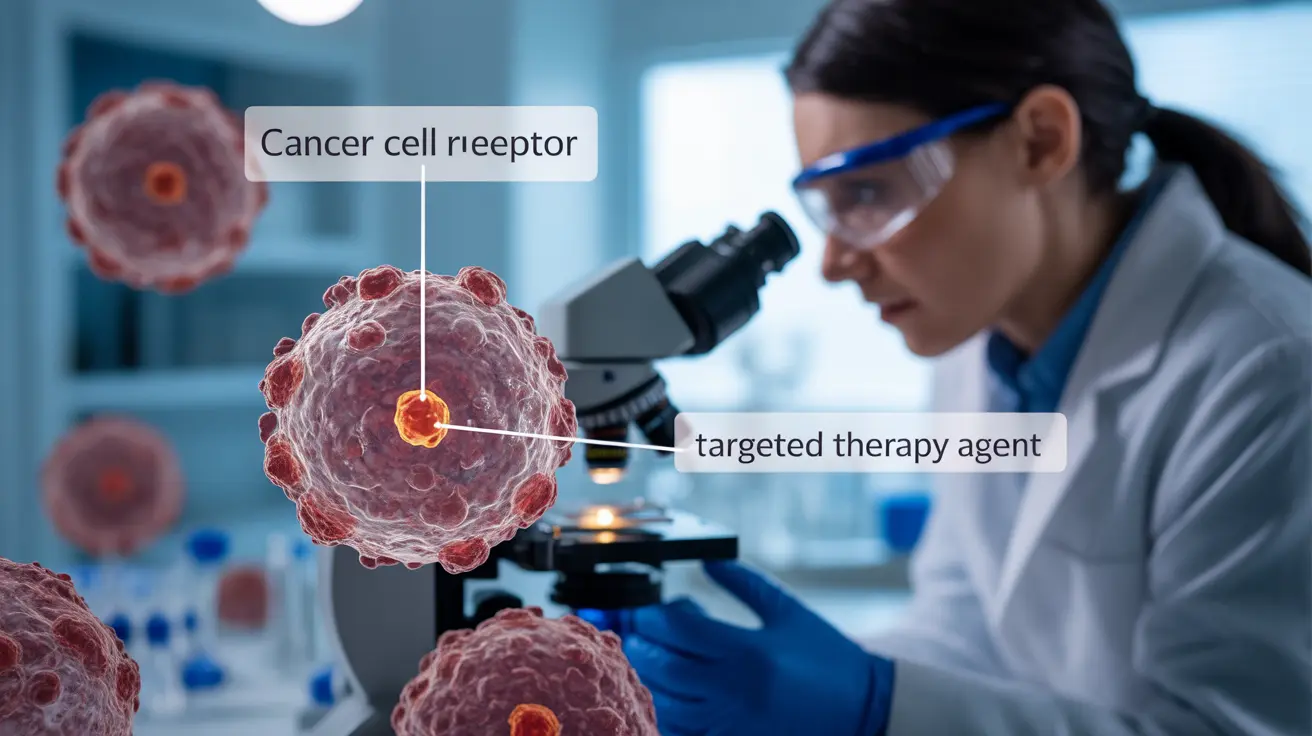Targeted therapy has emerged as a groundbreaking approach in cancer treatment, offering new hope for many patients through its precise mechanism of attacking specific cancer cells while largely sparing healthy tissue. This innovative treatment method has shown promising success rates across various types of cancer, making it an increasingly important option in modern oncology.
As we explore the effectiveness of targeted therapy, it's crucial to understand how it compares to traditional treatments, which cancers respond best to this approach, and what patients can expect in terms of outcomes and side effects.
How Targeted Therapy Works
Targeted therapy works by focusing on specific genes, proteins, or tissue environments that contribute to cancer growth and survival. Unlike traditional chemotherapy, which attacks all rapidly dividing cells, targeted treatments are designed to interact with specific molecular targets associated with cancer.
- Blocking signals that tell cancer cells to grow and divide
- Preventing the formation of new blood vessels that feed tumors
- Delivering toxic substances directly to cancer cells
- Triggering the immune system to destroy cancer cells
Determining Treatment Effectiveness
Before recommending targeted therapy, oncologists conduct extensive testing to determine if a patient's cancer has the specific targets that make this treatment appropriate. This process typically involves:
- Molecular testing of tumor tissue
- Genetic profiling to identify specific mutations
- Biomarker testing to predict treatment response
- Comprehensive evaluation of cancer type and stage
Success Rates by Cancer Type
The effectiveness of targeted therapy varies significantly depending on the type of cancer and the specific molecular characteristics of the tumor. Some cancers have shown particularly impressive response rates:
Breast Cancer
HER2-positive breast cancers treated with targeted therapies like trastuzumab have shown response rates of up to 50-60% when used alone, and even higher rates when combined with other treatments.
Lung Cancer
Non-small cell lung cancers with specific mutations (such as EGFR or ALK) have demonstrated response rates of 60-80% with appropriate targeted therapies, significantly higher than traditional chemotherapy.
Chronic Myeloid Leukemia
Targeted therapies have revolutionized CML treatment, with response rates exceeding 80% in many cases and some patients achieving long-term remission.
Side Effects and Management
While targeted therapies generally cause fewer side effects than traditional chemotherapy, they can still present challenges. Common side effects may include:
- Skin problems (rash, dry skin)
- High blood pressure
- Blood clotting issues
- Wound healing complications
- Gastrointestinal symptoms
Treatment Duration and Monitoring
The length of targeted therapy treatment varies based on individual response and cancer type. Regular monitoring through:
- Imaging studies
- Blood tests
- Physical examinations
- Response assessments
helps determine treatment effectiveness and necessary adjustments.
Frequently Asked Questions
What is the success rate of targeted therapy compared to traditional chemotherapy for cancer treatment?
Targeted therapy success rates often exceed those of traditional chemotherapy in cancers with specific molecular targets. For example, some targeted therapies show response rates of 60-80% compared to 20-30% with conventional chemotherapy, particularly in cancers with specific genetic mutations.
How do doctors determine if targeted therapy will work for a specific cancer patient?
Doctors use molecular testing, genetic profiling, and biomarker analysis of tumor tissue to identify specific targets that make a patient suitable for targeted therapy. This personalized approach helps predict which patients are most likely to respond to specific treatments.
Which types of cancer have the highest response rates to targeted therapy?
Certain cancers show particularly high response rates to targeted therapy, including HER2-positive breast cancer, EGFR-mutated lung cancer, and chronic myeloid leukemia. Success rates can reach 60-80% or higher in these specific cancer types when the appropriate molecular targets are present.
What are the common side effects and risks associated with targeted cancer therapy?
Common side effects include skin problems, high blood pressure, and gastrointestinal issues. While generally less severe than traditional chemotherapy side effects, they require careful monitoring and management. Some targeted therapies may also have specific risks related to their mechanism of action.
Can targeted therapy help patients with advanced or metastatic cancers live longer?
Yes, targeted therapy has shown significant survival benefits for many patients with advanced or metastatic cancers, particularly when the cancer has specific molecular characteristics that match available targeted treatments. Some patients experience years of additional survival time with good quality of life.




